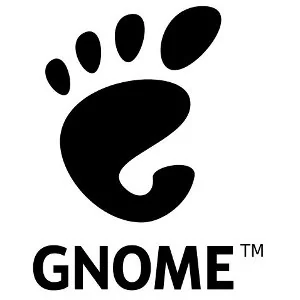GNOME OS Is Taking Shape But Its To Serve For Testing The Desktop

Valentin David of consulting firm Codethink talked about GNOME OS, which has loosely been talked about before. But before getting too excited, the principal focus of this Linux distribution is on testing the bleeding-edge GNOME.
GNOME OS has traditionally been a virtual machine image for testing, but with the work done by Codethink and other GNOME developers it's becoming possible to run GNOME OS on bare metal hardware. Additionally, thanks to the likes of Flatpak and OSTree, it's becoming more like a working Linux distribution in terms of package availability.
GNOME OS is part of the project's continual testing investment and can be booted on real systems with UEFI via systemd-boot, systemd is leveraged throughout, Flatpak is available for a broad application base, Wayland and XWayland are utilized, the latest Mesa drivers are present, and OSTree provides atomic updates.
GNOME OS can work with a few AArch64 devices but generally can work decently on modern x86_64 hardware. There is currently a work-in-progress installer available but not yet merged.
So, yes, GNOME OS is progressing at least in terms of a testing distribution. The virtual machine support will be ready prior to decent bare metal hardware support. The images are being spun as part of gnome-build-meta.
Those wishing to learn more about the GNOME OS effort can see the slide deck from Valentin David that was presented today at GUADEC 2020.
111 Comments

